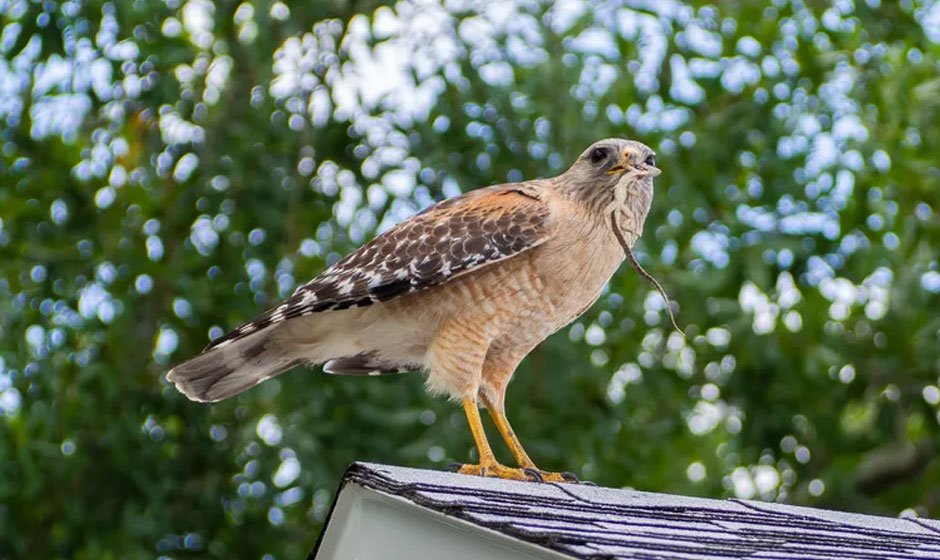Owls are fascinating creatures that have captivated humans for centuries with their mysterious nocturnal habits and distinct features. One question that often arises when discussing owls is, “Are owls carnivores?” In this article, we will delve into the dietary habits of owls and shed light on their role as predators in the avian world.
Understanding Carnivorous Behavior in Owls
Owls, indeed, fall under the category of carnivorous birds. Their primary diet consists of animal flesh, making them skilled hunters in the bird kingdom. However, it is essential to note that not all owls have identical dietary preferences. While most owls primarily feed on small mammals, such as mice, voles, and rats, some species also incorporate birds, insects, reptiles, and amphibians into their diets.
The Adaptations of Owls for Carnivorous Feeding
To effectively pursue and capture their prey, owls have developed various adaptations that enhance their carnivorous lifestyle:
Silent Flight and Keen Hearing
Owls possess specialized feathers that allow them to fly silently through the night sky. This silent flight aids in their hunting endeavors by enabling them to approach their prey stealthily. In addition, their exceptional hearing skills allow owls to locate small mammals and other prey items, even in complete darkness.
Powerful Talons and Beaks
Equipped with strong and sharp talons, owls can seize their prey with precision and strength. These formidable feet enable them to grasp and immobilize their victims. Furthermore, owls have hooked beaks that allow them to tear flesh and consume their prey more efficiently.
Night Vision
As nocturnal hunters, owls have developed exceptional night vision capabilities. Their large eyes are adapted to low light conditions, enabling them to spot prey even in dimly lit environments. This heightened visual acuity is crucial for their successful hunting ventures.
Hunting Techniques of Owls
Owls employ various hunting techniques depending on their species and the availability of prey in their habitats. Some common hunting methods among owls include:
Perching and Ambush
Many owl species prefer perching on tree branches or other elevated vantage points, patiently waiting for unsuspecting prey to come within striking distance. Once their prey is within range, owls swiftly descend upon them, utilizing their silent flight and sharp talons to secure a meal.
Soaring and Pouncing
Certain owl species, such as the powerful eagle owl, employ a soaring and pouncing technique. These owls soar high above their hunting grounds, scanning the area for potential prey. Once a target is spotted, they swiftly dive down, using their speed and agility to capture their prey.
Ground Foraging
Some owls, like the burrowing owl, prefer to forage on the ground. They use their sharp eyesight and acute hearing to detect small mammals and insects hiding in the grass or burrows. These ground-dwelling owls employ their swift movements and powerful talons to catch their prey.
The Ecological Importance of Owls as Carnivores
Owls play a vital role in maintaining the balance of ecosystems. As skilled predators, they help regulate populations of small mammals, insects, and other prey species. By controlling rodent populations, owls contribute to pest management in agricultural areas, reducing crop damage and minimizing the need for chemical pesticides.
Appreciating the Carnivorous Nature of Owls
Understanding the carnivorous nature of owls allows us to appreciate their remarkable adaptations and their significance in the natural world. Owls’ role as efficient hunters showcases the intricacies of nature’s food web and highlights the diversity of avian feeding habits.
In conclusion, owls are indeed carnivorous birds, with a diet primarily consisting of animal flesh. Their adaptations, such as silent flight, keen hearing, powerful talons, and night vision, enable them to excel in their role as predators. Owls employ various hunting techniques, including perching and ambush, soaring and pouncing, and ground foraging, depending on their species and prey availability. Their ecological importance lies in regulating prey populations and contributing to pest control in agricultural areas. By understanding and appreciating the carnivorous nature of owls, we gain a deeper understanding of their unique place in the natural world.
So, the next time you encounter an owl, remember the remarkable carnivorous abilities that lie behind its captivating gaze.






